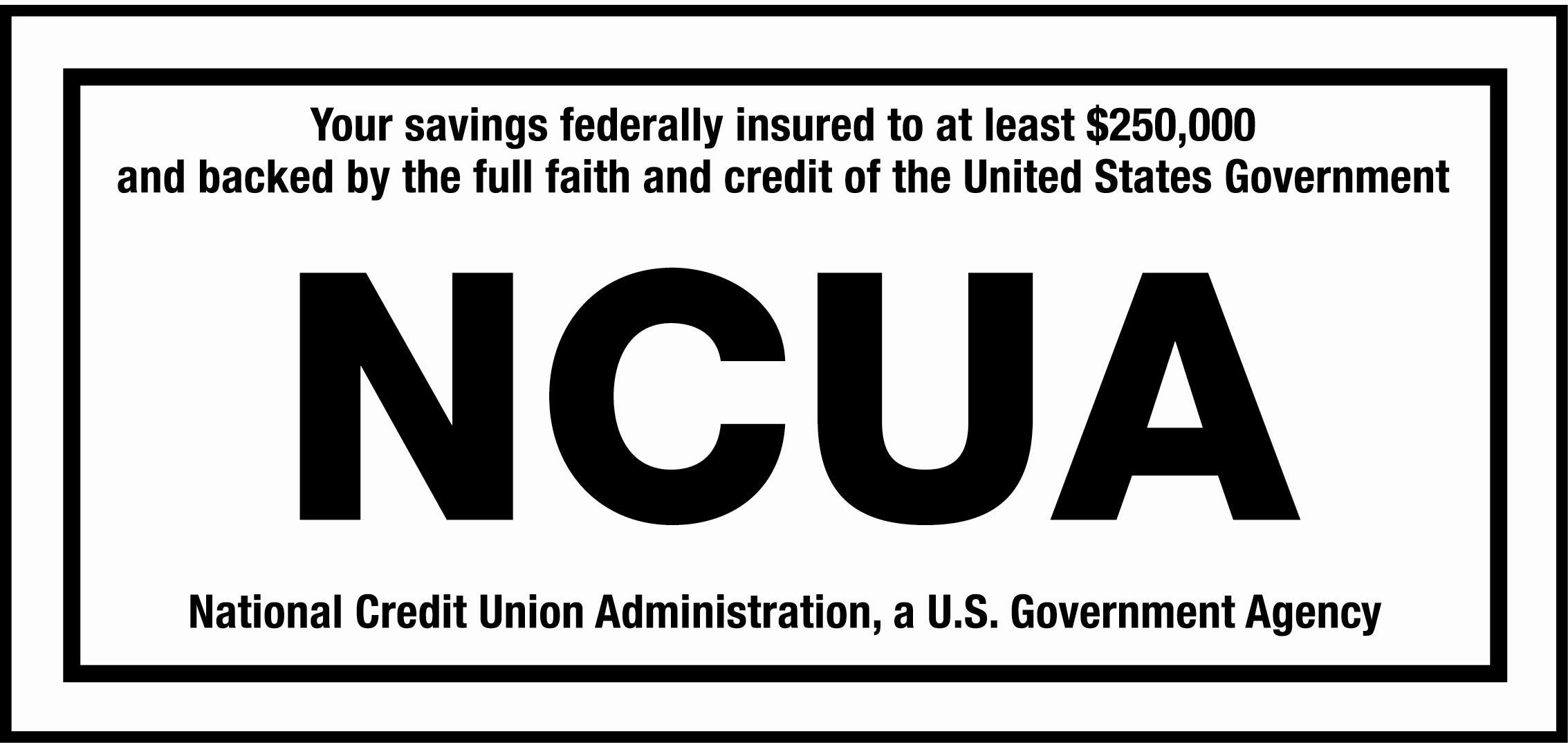Have you ever wondered about the real differences between your savings and checking accounts? Many people realize there must be more to it than just the fact that one includes checks and the other does not. However, they just don’t know what those differences are. So let’s look at some of the technical differences that define each account type.
Reserve Requirements
Did you ever wonder how much cash your credit union keep in its vaults? It’s not all the money that members have deposited into their accounts. If that were the case, the credit union could never lend or invest money, and you could never earn any dividends on your deposits. Your credit union would simply function as a gigantic communal piggy bank.
There are laws determined by the Federal reserve’s Board of Governors, called reserve requirements, which govern how much cash financial institutions (including credit unions and banks) must hold in reserve against the accounts at that institution. The portion of federal regulations that contain these rules is called Regulation D – Reserve Requirements of Depository Institutions.
The percentage of funds that must be kept by institutions is currently 10%. But here’s the catch: Only accounts that are defined as “transactions accounts” are considered when calculating this ratio. Other types of accounts do not have the same requirements. If you think about it, it makes perfect sense.
Transaction accounts, such as checking accounts, are used by account holders on a daily basis for their personal finances. That being the case, there is a great likelihood that the credit union will need to come up with a portion of those funds each day. On the other hand, non-transaction accounts, such as savings accounts and money markets, are intended more for long-term savings, so account holders usually leave the deposited funds in the account to grow over longer periods of time.
This also explains why savings account frequently offer higher dividend rates than checking accounts do: because financial institutions can use more of the funds on deposit to make money with savings deposits than they can with checking deposits.
Transaction Vs. Non-Transaction Accounts
What accounts fall into the category of transactions accounts? These include demand deposit accounts, also called checking accounts and NOW (negotiable order of withdrawal) accounts.
What characteristics do transaction accounts share? The depositor is allowed to make an unlimited number of payments and transfers from the account to third parties as well as to other account belonging to the depositor. The account holder can perform these transactions in various ways, such as by writing checks and by using a debit card and online payment services, among others.
Which account are non-transaction accounts? These include savings accounts and money market accounts. What characteristics do they share? Firstly, financial institutions must reserve the right to require at least seven days of written advance notice before accounts holders intend to make a withdrawal. This right is rarely if ever exercised, but it is included in the account agreement. Additionally, the account holder is limited to making no more than six “convenient” transfers or withdrawals per month.
These “convenient” transfers include preauthorized automatic transfers, transfers and withdrawals requested by phone, fax or made online, checks written to third parties and debit card transactions. Less convenient transactions, however, are unlimited. This includes any transactions made in person, by mail or at an ATM, and phone withdrawals requesting a check mailed to the account holder.
If a depositor tries to exceed the six-per-month transactions limit, the financial institution is required to refuse transfer privileges or convert the account into a transaction account. When this happens to the, m many people are unaware of the laws in Regulation D (and never bothered to read their account agreement) and think their credit union or bank has a strange policy. But the truth is, if you don’t like it, you’re going to have to take it up with the Federal Reserve. Your financial institution is just following regulations.
of course, there are simple solutions that allow savings account holders to avoid the issue. If you need to make more than six payments or transfers from your savings account, you must be up for a little more inconvenience and may need to complete the transactions in a less high-tech method than usual.



